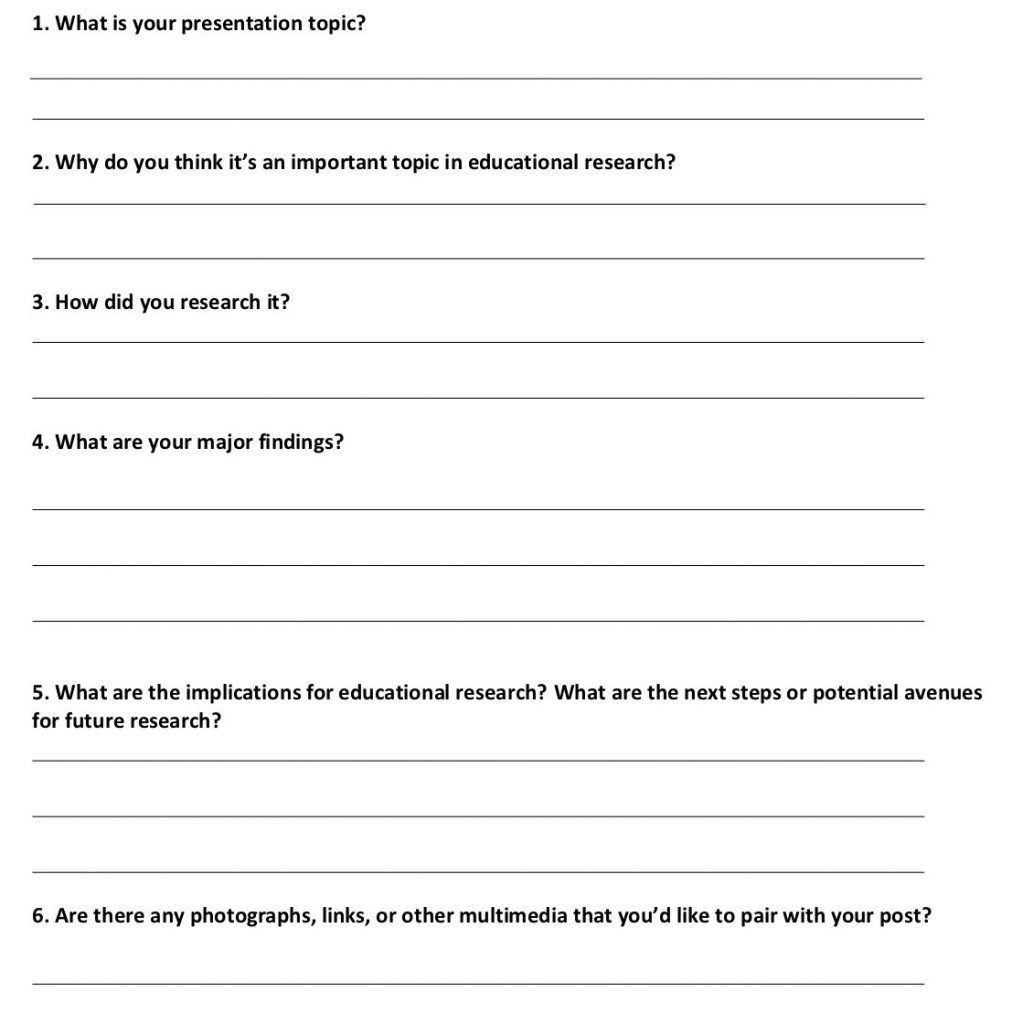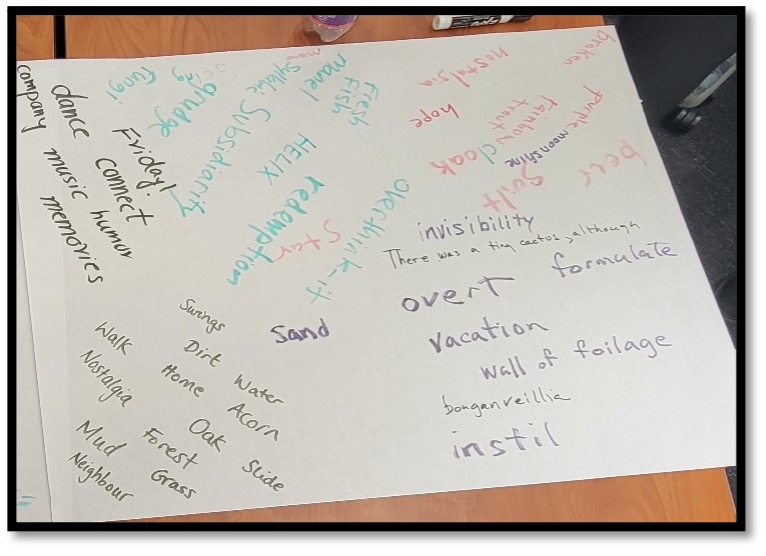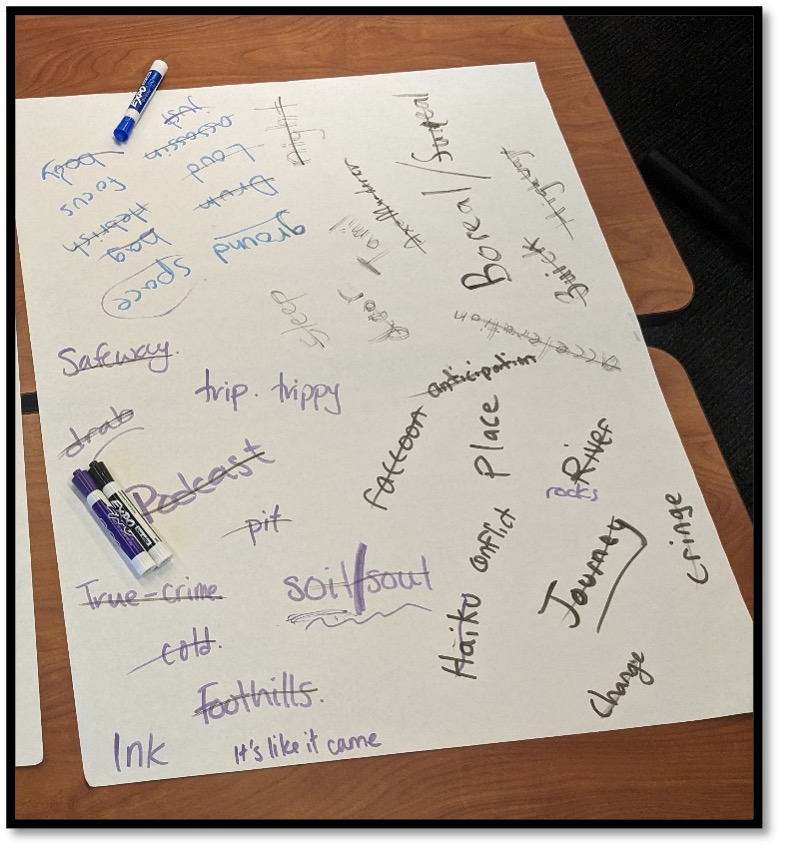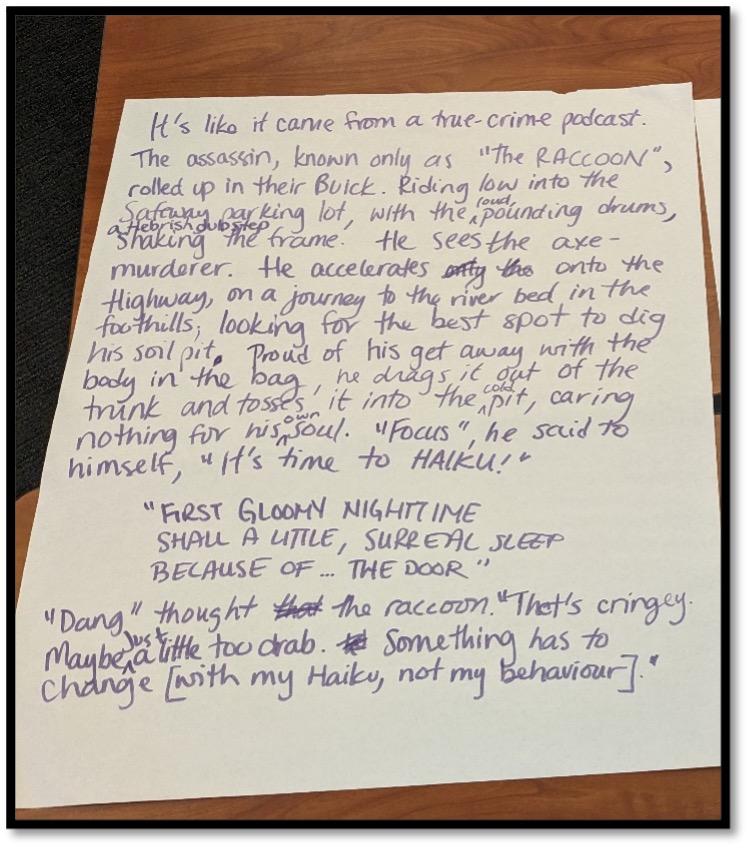This post was originally presented at the 2023 EDST Research Day.
EDST students and faculty are invited to share their own reflections, presentations, or memories from Research Day (see below for further details).


During the early 20th century, radical educational experiments were founded in various parts of the world. In this paper, I will introduce two such experiments—the Overseas Chinese Workers’ School and the Mount Gilboa Children’s Society and will analyze their practices using prefigurative politics—a term that describes the practices of revolutionary, non-hierarchical social movements. This analysis, I will argue, presents prefigurative politics as a robust analytical framework for radical education.

Prefigurative politics, or prefiguration, was first suggested by Boggs (1977) and Breines (1980). Both authors saw prefiguration as an attempt to realize direct democracy and non-hierarchical structures within social movements themselves, yet Boggs critiqued this attempt, while Breines saw it as an admirable commitment.
Since then, many scholars have weighed in on prefiguration. Kinna (2019) argued that prefiguration is an anarchist practice that rejects Marxist inconsistent reliance on using dictatorial means for libertarian goals. Raekstad and Gardin (2020) defined prefigurative politics as the “deliberate experimental implementation of desired future social relations and practice in the here-and-now.”
Noterman and Pusey (2012) combined critical pedagogies with anarchist practices to transform academic spaces into prefigurative spaces. They relied on DeLeon’s (2006) assertion that anarchism can inform critical pedagogies due to its insistence on ground up organizing, mutual aid, and free association. While there are other examples of the contemporary concern with prefiguration in education, few scholars utilized prefiguration for historical analysis. This study aims to do so, and argue for this framework’s robustness. And so, I will now introduce two educational experiments—the Overseas Chinese Workers’ School and the Mount Gilboa Children’s Society.

Between 1916-1918, approximately 140,000 Chinese workers were recruited in aid of the Allied cause in World War I. Upon their arrival to France, Li Shizeng (1881-1973), Cai Yuanpei (1868-1940) and a few other educators, founded the Overseas Chinese Workers’ School, where workers would be educated to participate in China’s modernization. After petitioning with his colleagues for the Chinese government to support this initiative, Cai established a teacher training program, gave lectures to workers, and wrote curriculum for the School.
The Workers’ School created a Chinese revolutionary enclave within its surroundings, and the presence of workers and intellectuals in France, as well as the political and educational theories used at this school, were shaped by migration, as this was a Chinese revolutionary experiment developed and executed overseas.

Another educational experiment spurred from a revolutionary movement with ties to migration. In the late 1920s, a radical educational experiment took place in Palestine under the banner of the Kibbutz movement—a voluntary, self-governing democratic community established by Jewish migrants to Palestine, mostly from Central and Eastern Europe. These migrants created communal experiments that were founded on shared property, direct democracy, and a desire for a classless society.
This movement’s first educational institution was the Mount Gilboa Children’s Society, which operated between 1926-1929, and was attended by 40-60 children and had 6-8 teachers. Its founders—David Idelson (1891-1954), Yehuda Ron-Polani, Eliyahu Rappaport (1889-1952), and a few other educators—decided to build a school where children could live in community with their peer group in preparation for life in adult communes. Children at the Society had almost complete autonomy, and educators relied on a combination of trial and error and a conviction in socialism in their educational practice.

Prefigurative politics appeared in both projects. In the Children’s Society, educators created a model of a future community, hoping that through it, children will create their own version of this type a life with the same ideological commitment. Participants’ writings show that they investigated what such a society could look like, and topics like personal property, discipline, and one’s place in a collective, were frequently discussed. These testimonies show that students and teachers were experimenting with community building while balancing ethical commitments, communal needs, and personal freedoms.
There was also prefiguration in the Overseas Chinese Workers’ School. Following a crisis in China that transformed the idea of education from an exclusive privilege to a mass project, educators at the Workers’ School saw education as a catalyst for China’s modernization. In their vision of a future society, workers possessed manual skills, an intellectual education, and a moral foundation. To realize this vision, educators supplemented training during the workday with intellectual and moral education after work, combining lessons on history, geography, and art, with moral subjects like treatment of animals, life in community, and similar topics, with some topics taking a revolutionary tone. Here, the future was embodied in the worker, who will build the nation as an educated individual who is ready to collaborate with others on the basis of mutual aid.
Prefigurative politics framed the approaches taken at both the Overseas Chinese Workers’ School and the Mount Gilboa Children’s Society, as each project created articulations of parts of its imagined future. However, differences between the two projects, as well as these projects’ shortcomings, are easily discernable. The Workers’ School did not create a model village of the future, and the Children’s Society did not emphasize technological training. Where students in one project were all adult workers in a foreign land during war, students in the latter were a heterogenous group of children and teenagers between wars and in an area that was comparatively calm. Furthermore, where educators at the workers’ school seemed comfortable supporting the interests of powers whose practices they resisted, educators at the Children’s Society argued for a liberated society while ignoring the Palestinian communities around them.
These differences and inconsistencies show that the implementation of prefigurative politics reflects the context in which education happens, and that this context is fraught and messy. It forces us to acknowledge that context influences one’s ability to understand their plight, and thereby imagine their future—two factors that are crucial for the prefigurative move. Lastly, inconsistencies force us to understand contradictions within each educational experiment’s own historical contingencies and recognize the humanity of those who attempt to create a better world.
*Full list of references below


EDST students, faculty, and staff are warmly invited to share reflections, photos, and other memories from Research Day 2023.
Present a paper, poster, performance, roundtable at research day?
Consider turning your presentation into a blog post like this one! Posts typically are 500-1,000 words long and may include links, images, links, audio, video, and other forms of multimedia.
Have a question about submissions? Photos to share from Research Day? Send an email to blog editor (Jessica Lussier) at edstblog.editor@ubc.ca.
You can check out the blog’s full call for papers here.

References
Bailey, Paul. 2014. “Cultural Connections in a New Global Space: Li Shizeng and the Chinese Francophile Project in the Early Twentieth Century.” In Print, Profit, and Perception: Ideas, Information and Knowledge in Chinese Societies, 1895-1949, edited by Glen Dudbridge and Frank Pieke, 17–36. Leiden: Brill.
Breines, Wini. 1980. “Community and Organization: The New Left and Michels’ ‘Iron Law.’” Social Problems 27 (4): 419–29.
Cai, Yuanpei. 1920. “Huagong Xuexiao Jiangyi (Materials for Overseas Workers School).” In Cai Jiemin Xian Sheng Yan Xing Lu, edited by Xinchaoshe, 483–569. Beijing: Xinchaoshe.
———. 1984. Cai Yuanpei Quanji: Di Er Juan. Edited by Pingshu Gao. Beijing: Zhongguo Shuju Chu Ban.
Chen, Sanjing. 1986. “Huafa Jiaoyu Hui Sheli Huagong Xuexiao.” In Huagong Yu Ouzhan, 126–27.
DeLeon, Abraham P. 2006. “The Time for Action Is Now! Anarchist Theory, Critical Pedagogy, and Radical Possibilities.” Journal for Critical Education Policy Studies (JCEPS) 4 (2). https://search.ebscohost.com/login.aspx?direct=true&AuthType=shib&db=eue&AN=507930717&site=ehost-live&scope=site&custid=s5672194.
Dirlik, Arif. 1991. Anarchism in the Chinese Revolution. Berkeley and Los Angeles, California: University of California Press.
Fitzgerald, John. 1995. “The Nationless State: The Search for a Nation in Modern Chinese Nationalism.” The Australian Journal of Chinese Affairs 33: 56–86. https://doi.org/10.2307/2950089.
Gao, James Z. 2009. Historical Dictionary of Modern China (1800-1949). Lanham, Matyland: Scarecrow Press.
Kinna, Ruth. 2019. The Government of No One: The Theory and Practice of Anarchism. London: Penguin Random House UK.
Noterman, Elsa, and Andre Pusey. 2012. “Inside, Outside, and on the Edge of Academy: Experiments in Radical Pedagogies.” In Anarchist Pedagogies – Collective Actions, Theories, and Critical Reflections on Education, edited by Robert H. Haworth, 175–200. Oakland, CA: PM Press.
Raekstad, Paul, and Sofa Gradin. 2020. Prefigurative Politics: Building Tomorrow Today. Cambridge, UK; Medford, MA: Polity.
Ron-Polani, Yehuda. 1929. שיחות וישיבות של חברת-הילדים בבית-אלפא (Conversations and Meetings of the Beit-Alpha Children’s Society). Beit-Alpha.
Sheridan, James E.; 1975. China in Disintegration: The Republican Era in Chinese History, 1912-1949. New York: The Free Press: A Division of Macmillan, Inc.
Ta, Chen A.M. 1923. Chinese Migrations With Special Reference to Labor Conditions. Washington: Government Printing Office.
Ts’ai, Yuan-p’ei. 1972. “Ts’ai Yuan-Pe’i on the Aims of Education, 1912.” In China’s Response to the West: A Documentary Survey 1839-1928, edited by Ssu-yu Teng and John K. Fairbank, 235–39. Cambridge, Massachusetts: Cambridge University Press.
Xu, Guoqi. 2011. Strangers on the Western Front: Chinese Workers in the Great War. Cambridge, Massachusetts: Harvard University Press.









 Share
Share









